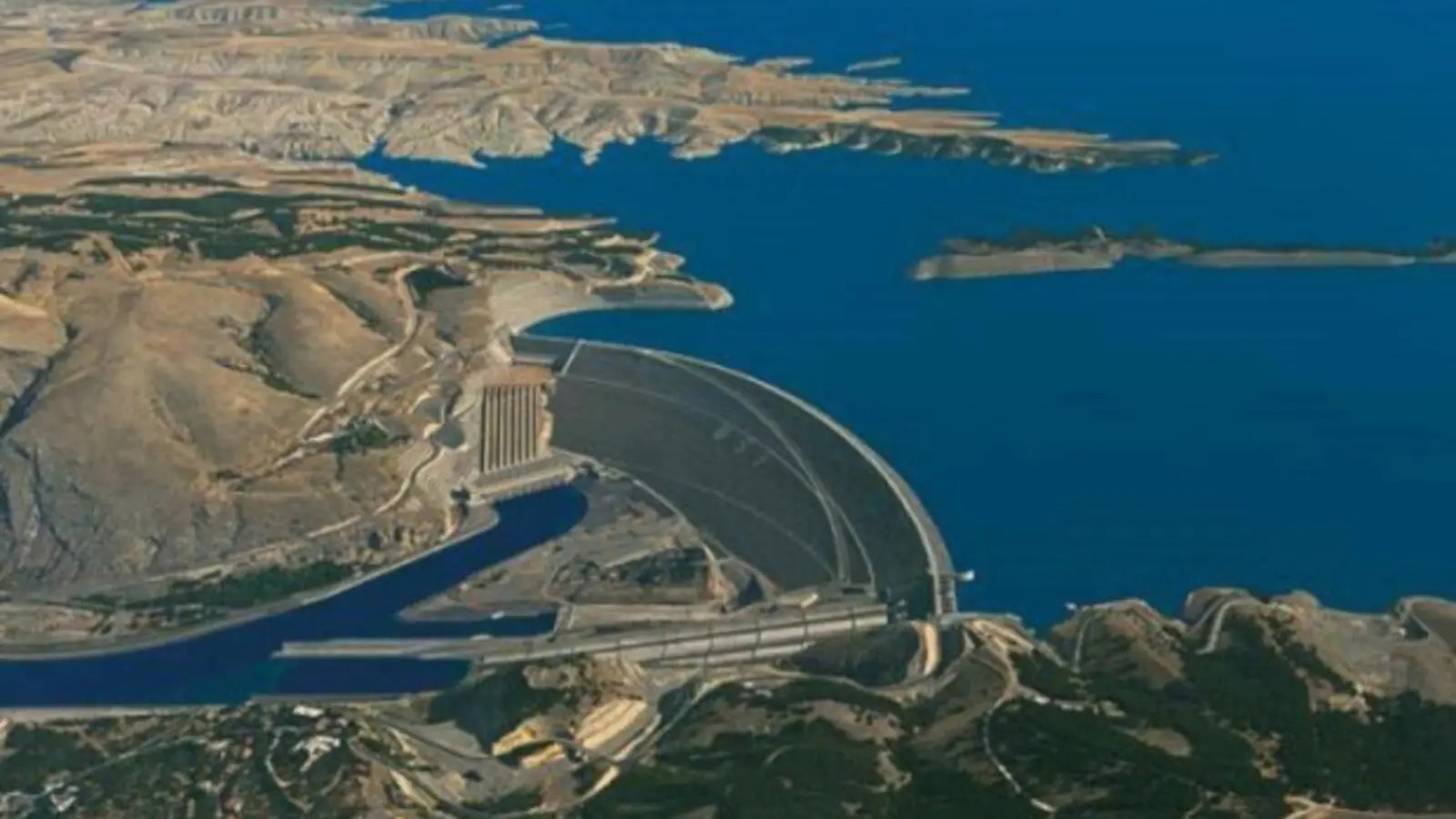Ethiopia has filled its Renaissance Dam on a Nile tributary. This move may escalate water-related issues with Egypt and Sudan.
Prime Minister Abiy Ahmed announced the completion on social media. He said the project faced many hurdles and pressures.
This news comes after Egypt, Sudan, and Ethiopia resumed talks on August 27. These discussions had paused since April 2021.
Ethiopia started building the dam in 2011. The project cost US$4.2 billion and aims to boost the country’s electricity access.

Right now, only half of Ethiopia’s people have electricity.
The dam is 1.8 km long and 145 meters high. Egypt and Sudan worry this could limit their water access. Both countries rely on the Nile for water.
Egypt and Sudan asked Ethiopia to stop filling the dam. They want an agreement first. Talks restarted in Cairo with that aim.
The Nile meets 97% of Egypt’s water needs.
Background
The Nile River has historical significance for Egypt, Sudan, and Ethiopia. It has been a source of life and conflict for centuries.
The river is vital for agriculture in these arid countries.
The Renaissance Dam is Africa’s largest hydroelectric project. It’s a cornerstone of Ethiopia’s plan for economic growth.
The country hopes the dam will make it a major energy exporter.
Egypt sees the Nile as a national security issue. It’s no surprise, as the river feeds its massive agriculture sector.
A water shortage could be catastrophic for Egypt’s economy.
Sudan faces similar risks but is also eyeing benefits. The dam could regulate floods and boost Sudan’s agriculture.
Yet, the lack of an agreement puts these gains at risk.
International mediators have tried to resolve the issue. The African Union and the U.S. have both stepped in.
Still, reaching an agreement that satisfies all parties is challenging.
A key sticking point is how to manage drought years. Ethiopia wants flexibility, while Egypt and Sudan demand guarantees.
If talks fail, the risks of regional conflict could escalate.

